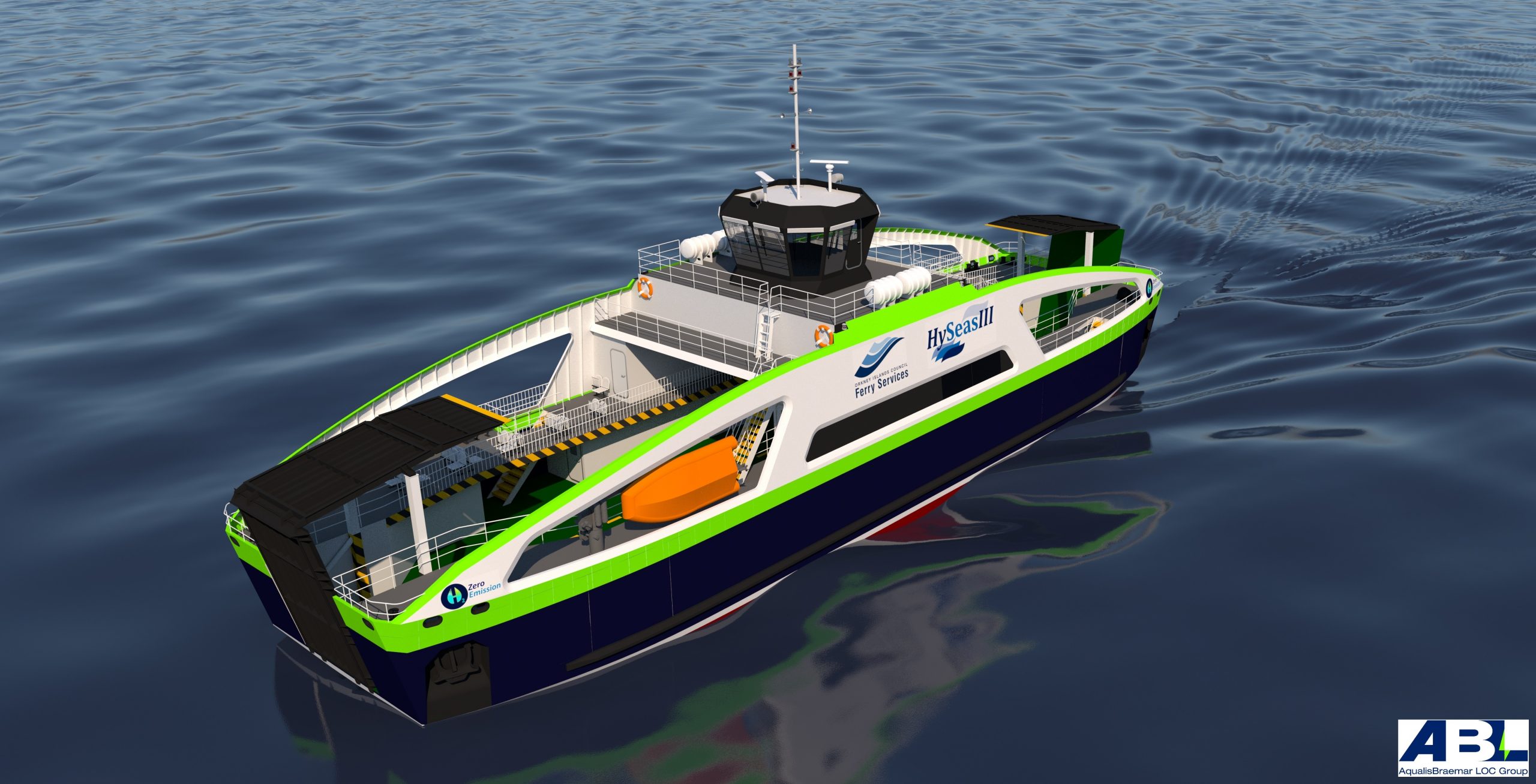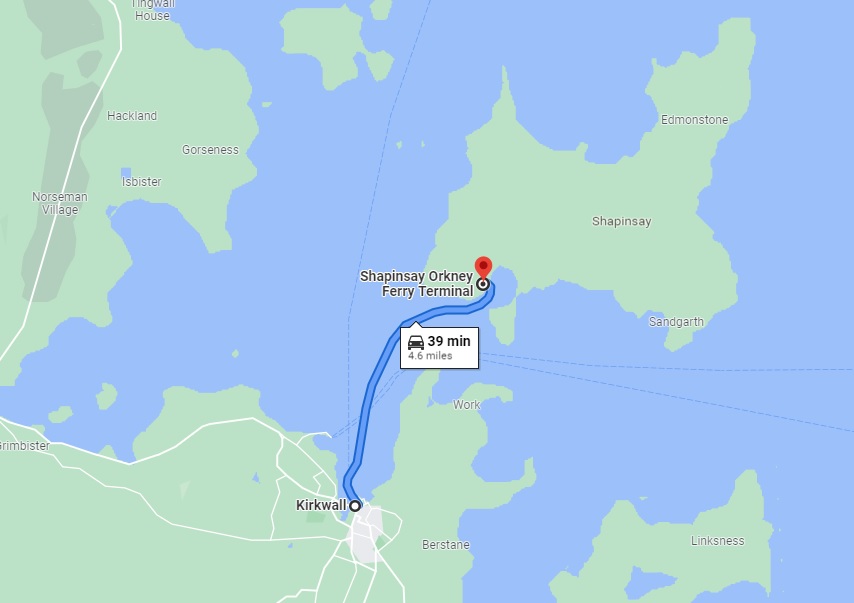A SCOTTISH Government-owned firm is working on a ferry that uses power from wind farms.
Drawings show the vessel, using energy from renewable sources, which will carry passengers and vehicles between Orkney islands.
The boat, powered by hydrogen fuel cells, will be capable of carrying 160 passengers and 16 cars or two lorries.
Under the plan, the boat will ferry passengers and vehicles from Kirkwall to the nearby island of Shapinsay.
Hydrogen fuel will be generated through wind power on Shapinsay. Other ports could be reached once hydrogen fuel becomes available.
The scheme is part of the EU-funded HYSEAS III programme and involves Scottish Government-owned ferry firm Caledonian Maritime Assets Limited (CMAL).
St Andrew’s University, Orkney Islands Council and several European organisations are also involved in the project.
The designs, by AqualisBraemar LOC Group, show how a vessel purely powered by renewable energy may look and will provide a blueprint to the further development of zero-emissions ferry travel.
The next stage of the project will see the consortium seek feasibility approval in principle of the designs from the DNV Classification Society.
Testing is also currently underway in Bergen, Norway, to demonstrate the complete fuel cell/battery/multidrive/propulsion.
The full size test mirrors the load requirements of the new ferry on the Shapinsay to Kirkwall route, and will confirm power and fuel capacity requirements.
The results will provide valuable information, which will be fed back to the team to be incorporated into the design.
The design will be complete in March 2022, at which point CMAL will seek funding partners to take the approved design to the procurement stage.
This will lead on to the eventual tendering and construction of the vessel.
John Salton, Fleet Manager and Projects Director at CMAL said: “We know that maritime transport remains the UK’s largest emitter of greenhouse gases.
“Our project will pave the way for the first seagoing vessel using purely renewable energy.”
Salton added: “Seeing the concept designs brings the project to life.
“The vessel design is broadly based on our larger loch class vessels, which are double-ended.
“Once the designs are approved, we will move to the next stage of the project, which will see the build of the engine to be used in feasibility studies.”



